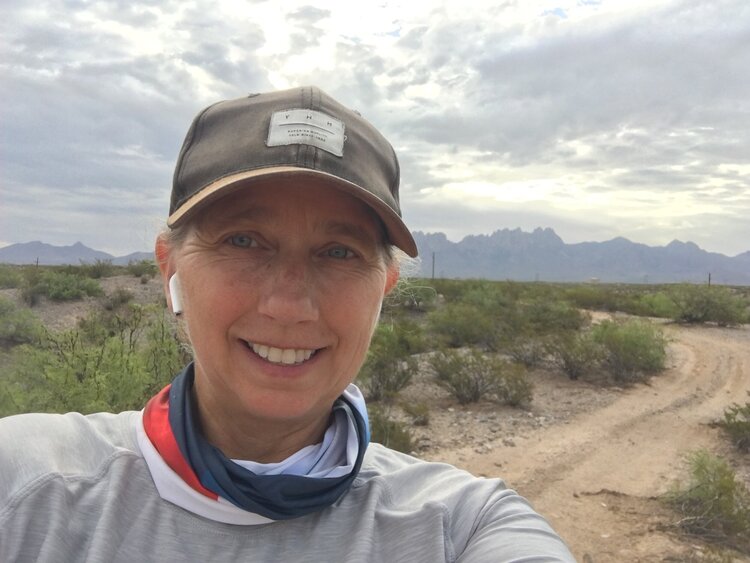We meet at 7:15 a.m. at the school. It’s chilly. Dark clouds threaten us with rain. Students disperse into parent cars and the school van. One of the coaches drives the van and we all access the highway crossing the boarder from the Netherlands to Belgium.
As we approach the Antwerp stadium, the rain pelts us. “Wait a minute, this isn’t indoors?” the track coach from Australia can’t mask the dismay in his voice, “They have to run in the rain?” The cold and wind whip around us as we make our way to the spectator section. At least the spectators have a roof that extends over the wooden covered metal bleachers. The students and coaches gather together and the parents position themselves nearby.
As with track meets all over the world, this one also involves a lot of waiting around for this or that event. We try to follow the schedule and determine which of our team members is participating in the various events. The events are also the same: the running events include the 100 m, 200m, etc., the relay events, and the field events include long jump, high jump, turbo javelin through, shot put, discus, etc.
However, one issue makes the track meet different internationally is that, instead of teams competing from different parts of the state, they are from different countries such as, in our case, Germany, Luxembourg, Belgium, and the Netherlands. At the NECIS tournament in Copenhagen in two weeks countries will extend to include the Scandinavian nations as well.
The students themselves represent a tremendously diverse population coming literally from all over the world. A medley of languages peppers the stands. French, German, Flemish, Dutch, and English are heard commonly. However, other languages are interspersed as parents communicate with their children in native tongues or as friends of the same language speak together.
Additionally, many of these student athletes face each other in all three seasons of sports. Furthermore, they meet up at Global Issues Network (GIN) or Model United Nations (MUN) events as well. Or, they’ve been fellow students at another international school in totally different part of the world. My own children run into fellow classmates that they had when we lived in China. These bonds transcend the competitive nature of any meet or tournament.
A constant drizzle presses down all day with occasional downpours saturating the competitors. Participants shiver. Parents complain and offer up blankets, warm drinks and umbrellas for some relief to team members. Hot chocolate flows freely. Coaches stoically carry on. Umbrellas, protecting team members huddling together with their coach, line the long jump runway as individuals wait their turn. Tents near the field events allow the gathering of field participants.
The HS discus player preparing to throw his school record. I should note that he is also my son.
One of our field event coaches became acquainted with the Dusseldorf coach when they were both coaching basketball. During the basketball season our coach had sought advice from him regarding the field events, knowing he had competed at the Olympic level. Their acquaintance brings them together under the shot put tent. The Dusseldorf coach offers pointers to our shot put athlete. Following the advice, our athlete improves with each throw and beats the school record. The same thing happens at the discus event. Another school record set. The camaraderie between coaches and athletes leads them to mingle in the stands in between events, pausing to cheer for all athletes as they run past.
My 6th grader is is one of the competitors.
Another difference between the international and US school sports' experience is that the middle school and high school students compete on the same day together. In our wee school, the middle school athletes look up to the high school athletes, learn from their example, and receive advice from them. In turn, the high school athletes mentor and support younger athletes yielding a built in opportunity to develop leadership skills.
Our small school had a typical day from the 1500 m MS competitors being lapped in the event to a MS 1st place victory in the 400 m race. When our littlest MS participant finished 2nd place in his 100 m heat the coach leaped out onto the track and lifted the tiny racer high in the air. No last place finishes in the HS and even a 3rd place in an 800 m and a 2nd place in a 100 m race. Most importantly, everyone competed with all his/her heart so, at the end of the day our drenched athletes and coaches were happy. Parents too left with smiles and pride at their children’s and the team’s overall successes.
Competing in sports events at international schools isn’t exactly the same as in the US, but it’s still an experience that develops athletic talent, fosters sportsmanship, builds friendships, encourages healthy living, and contributes to the overall maturation of an individual.
